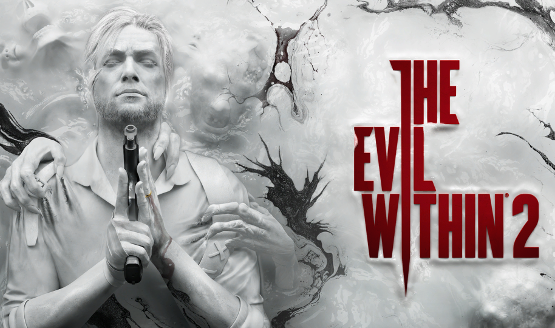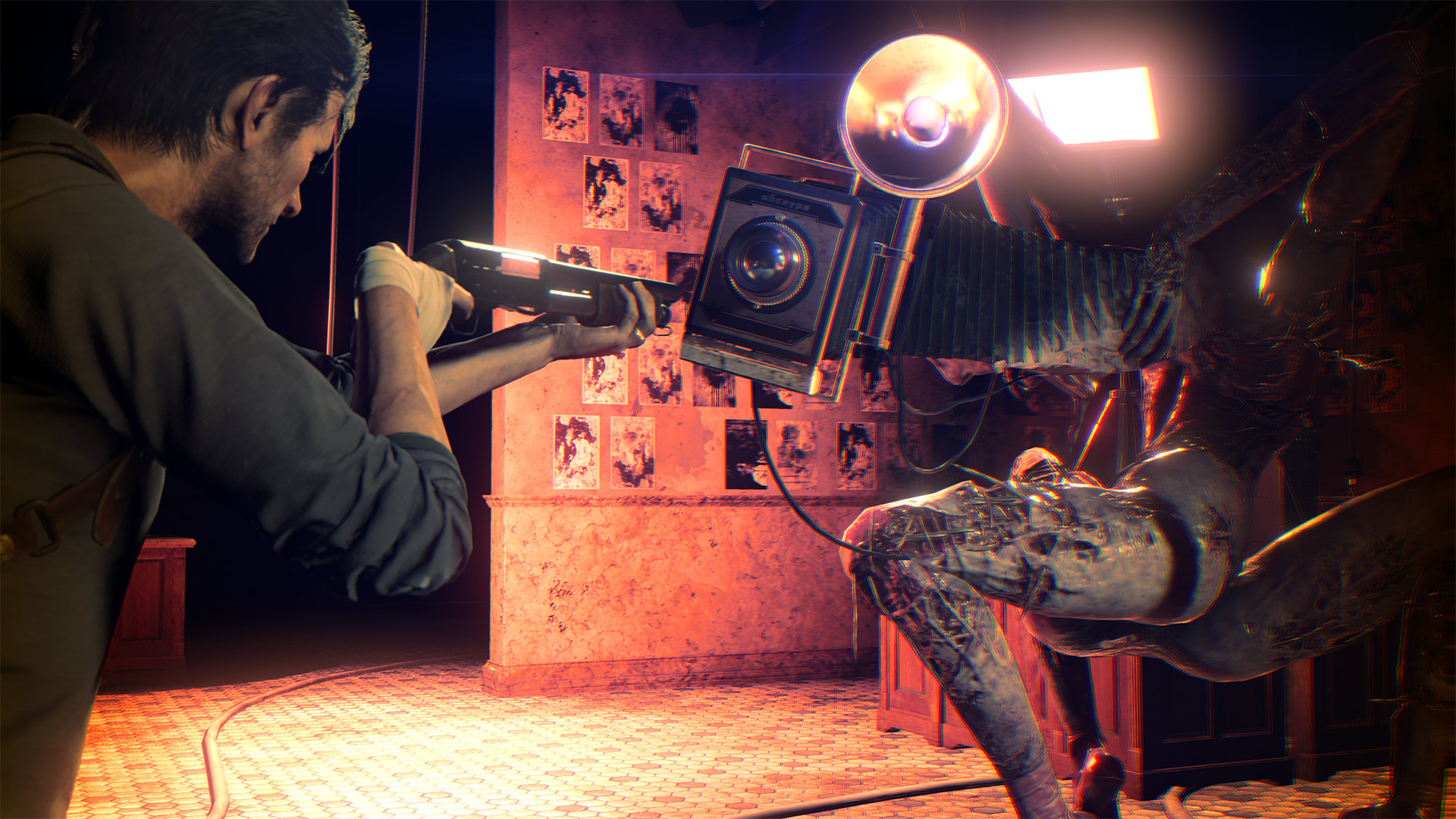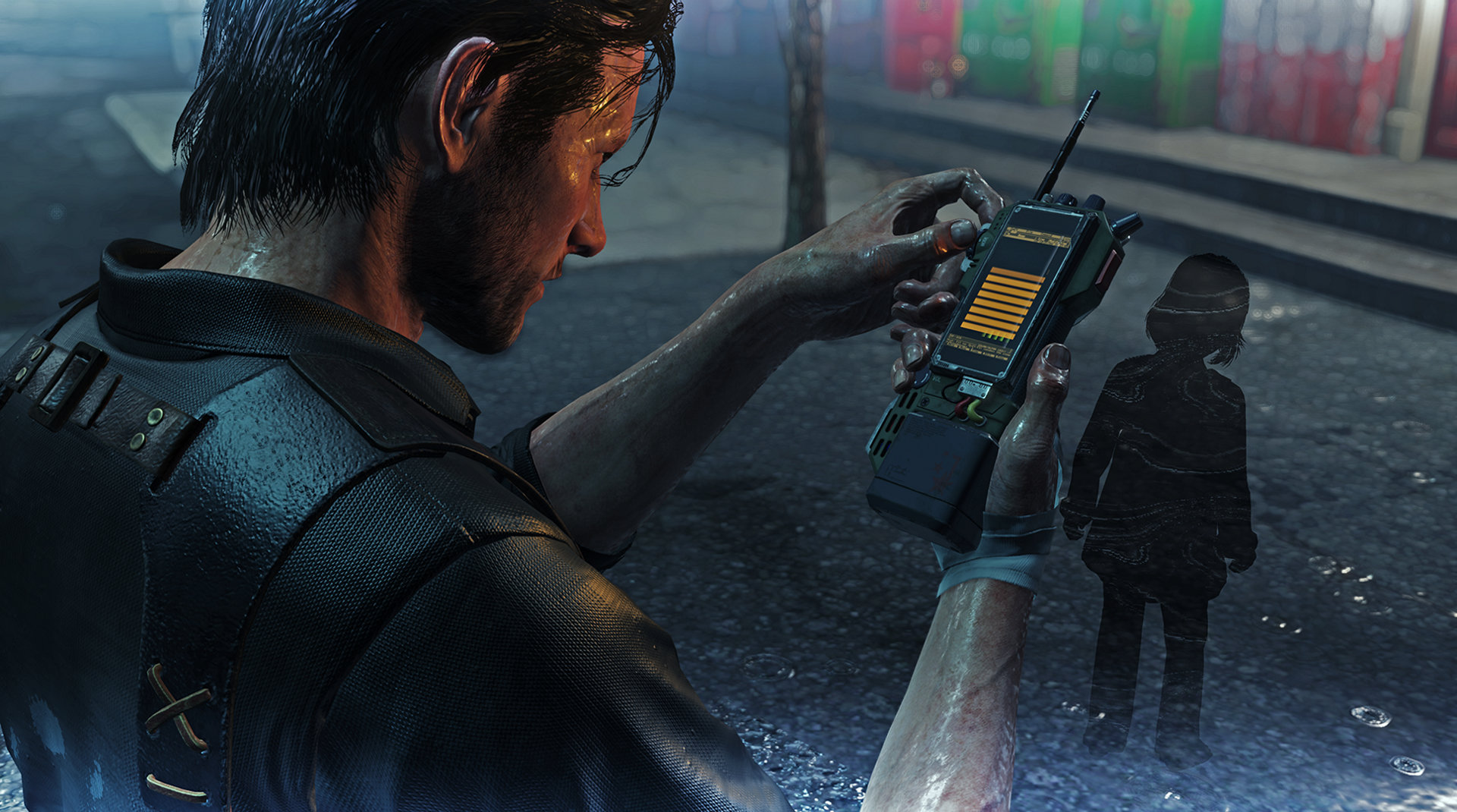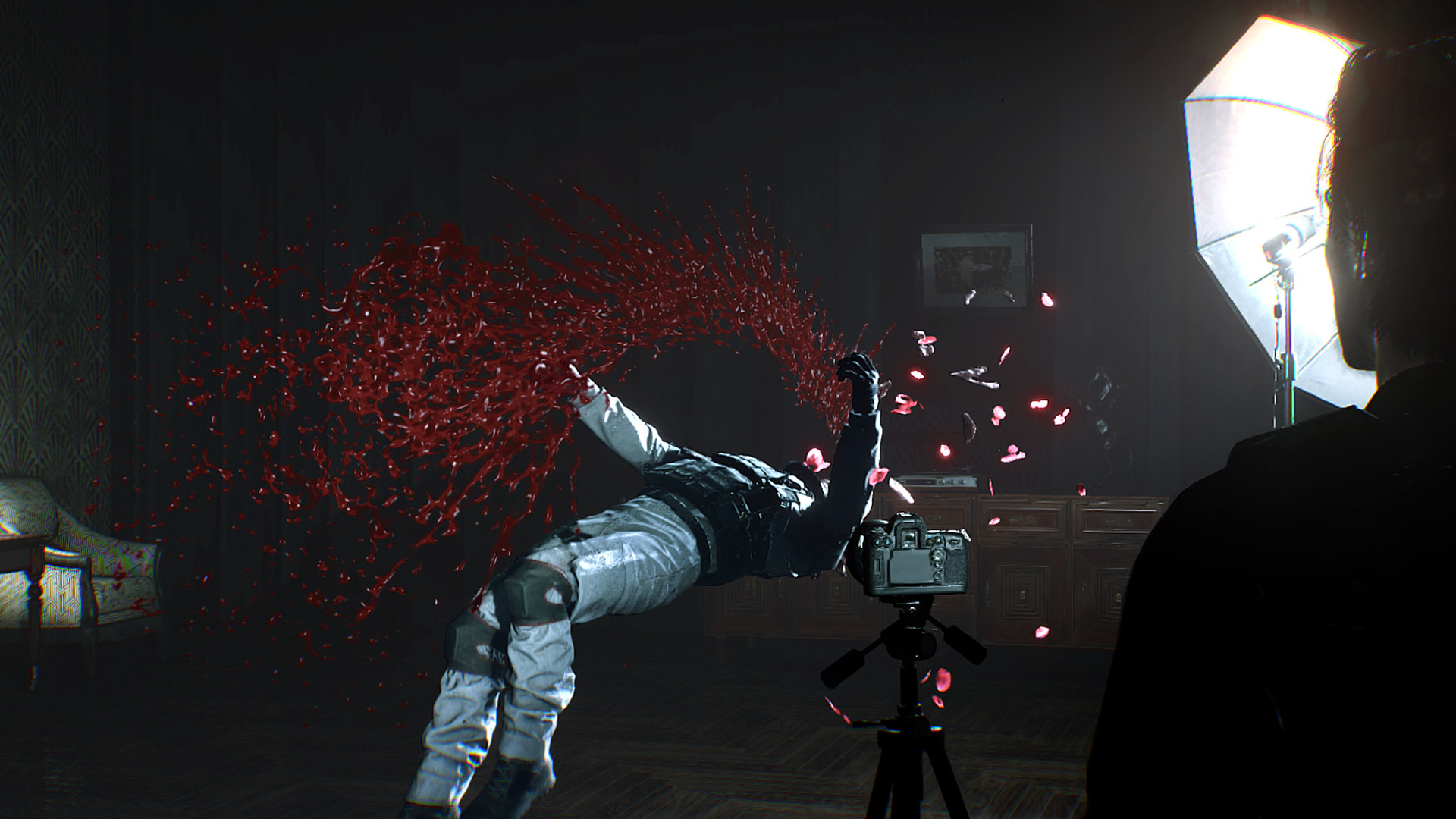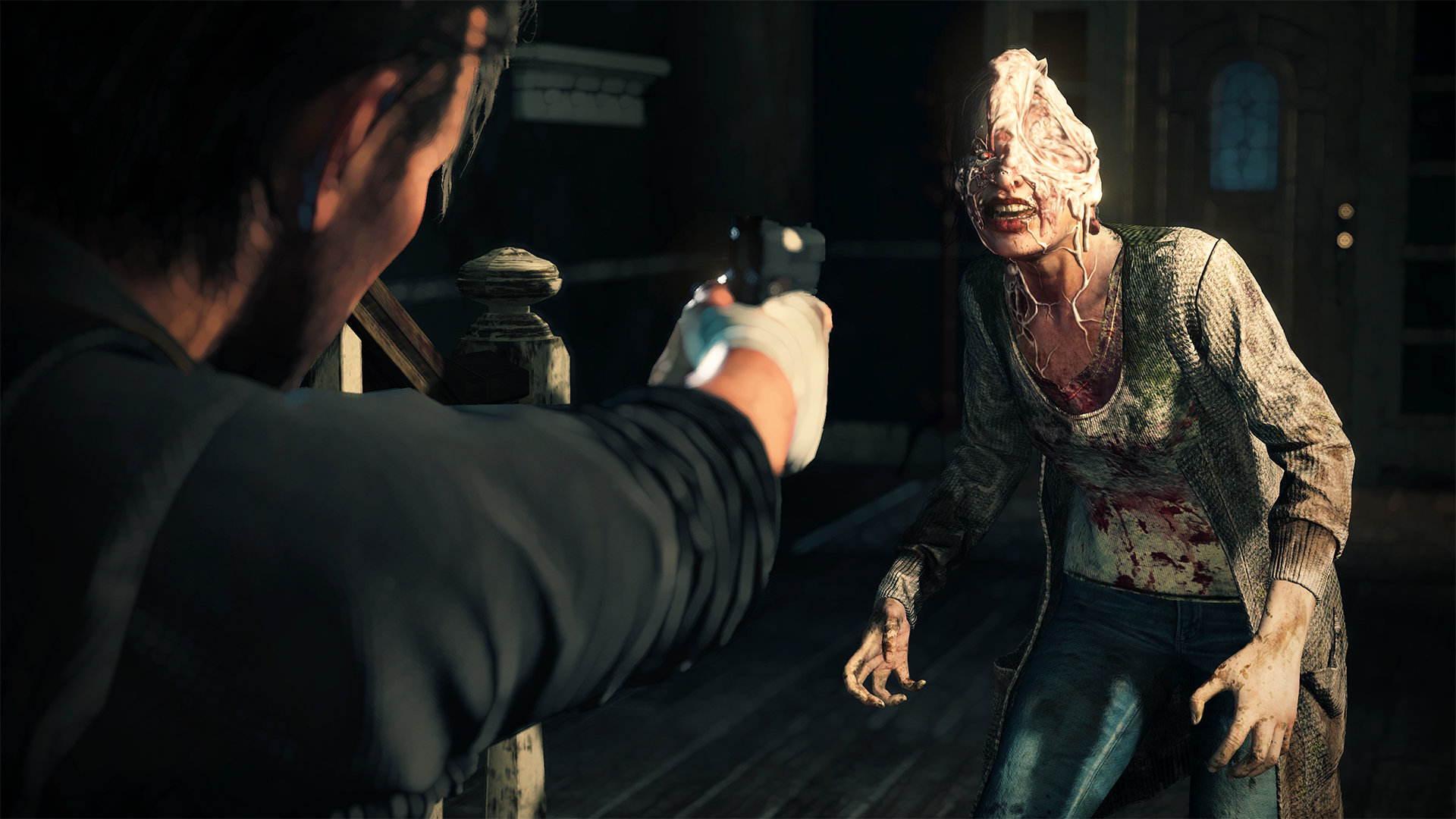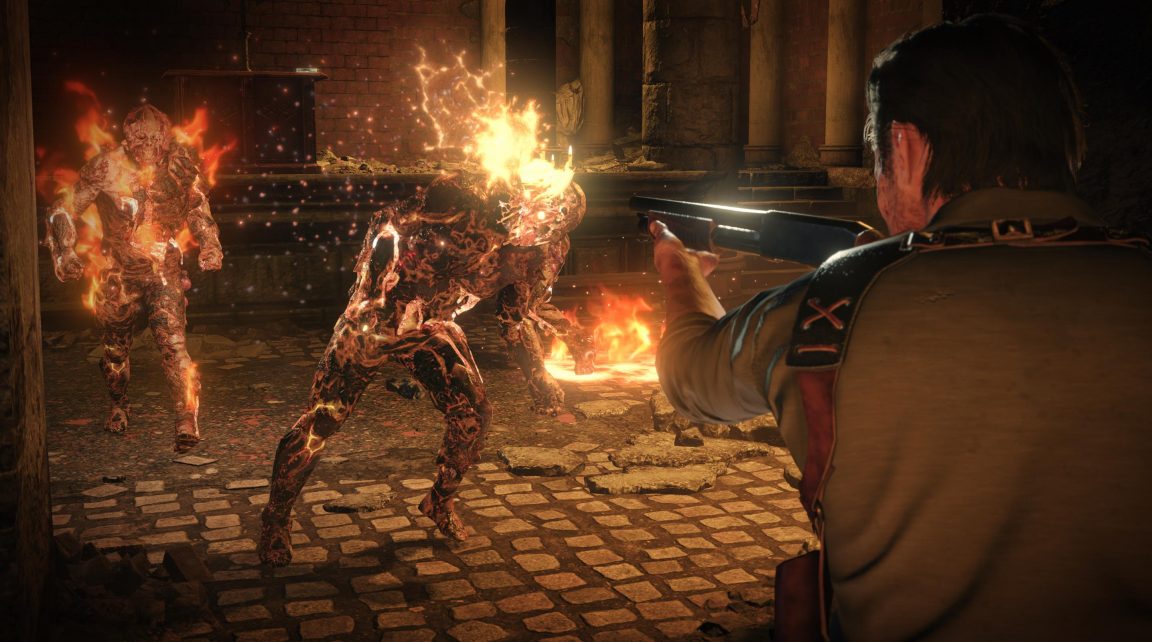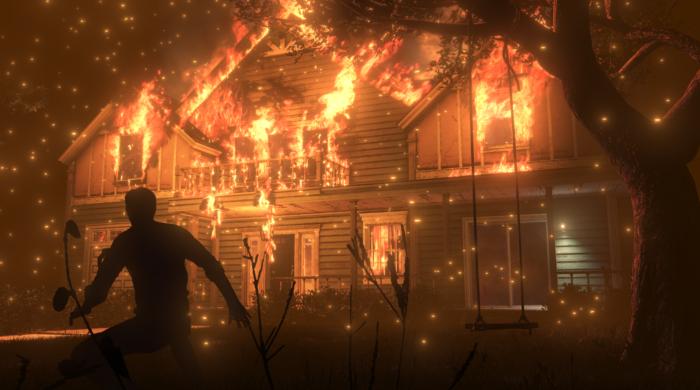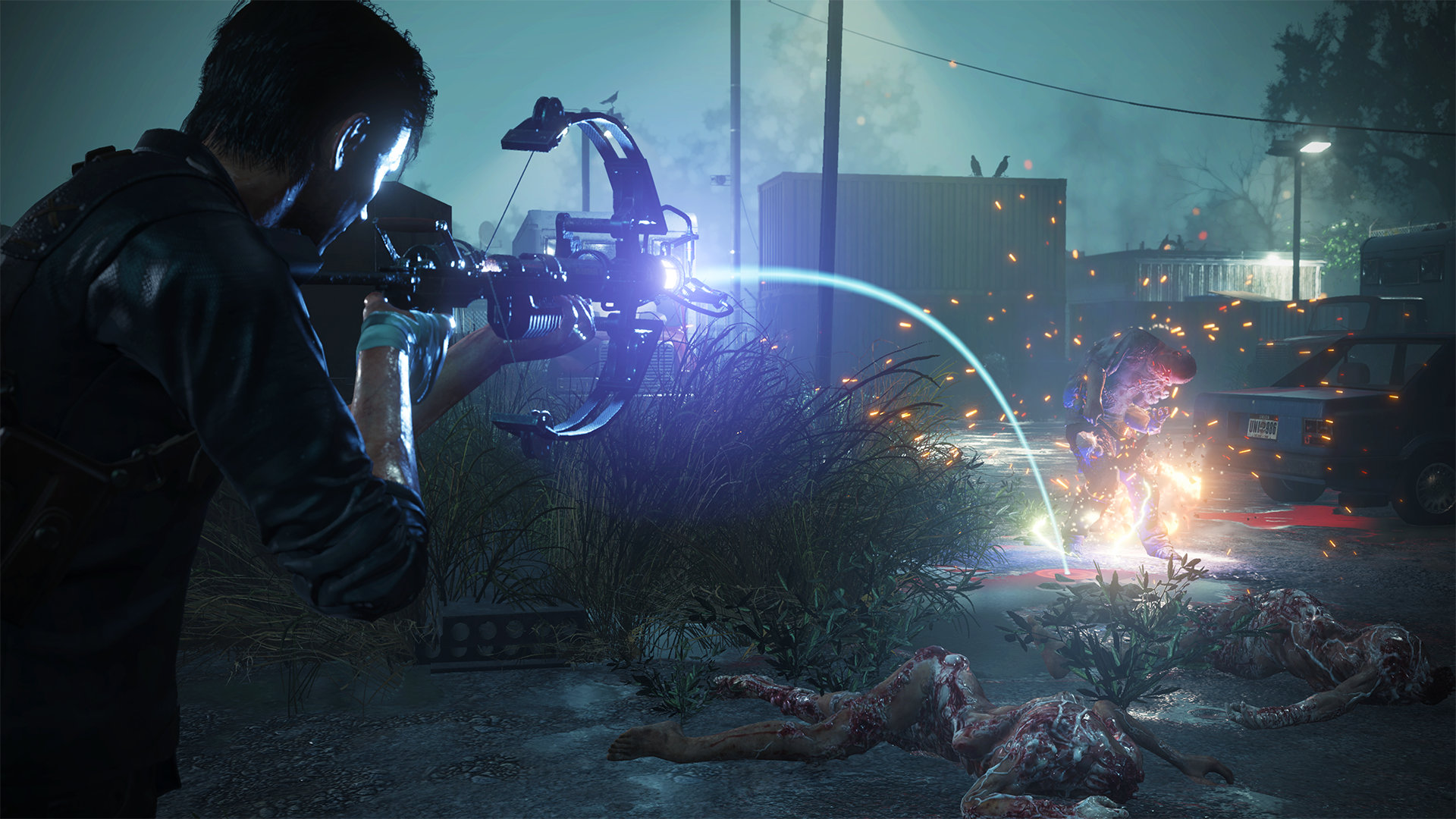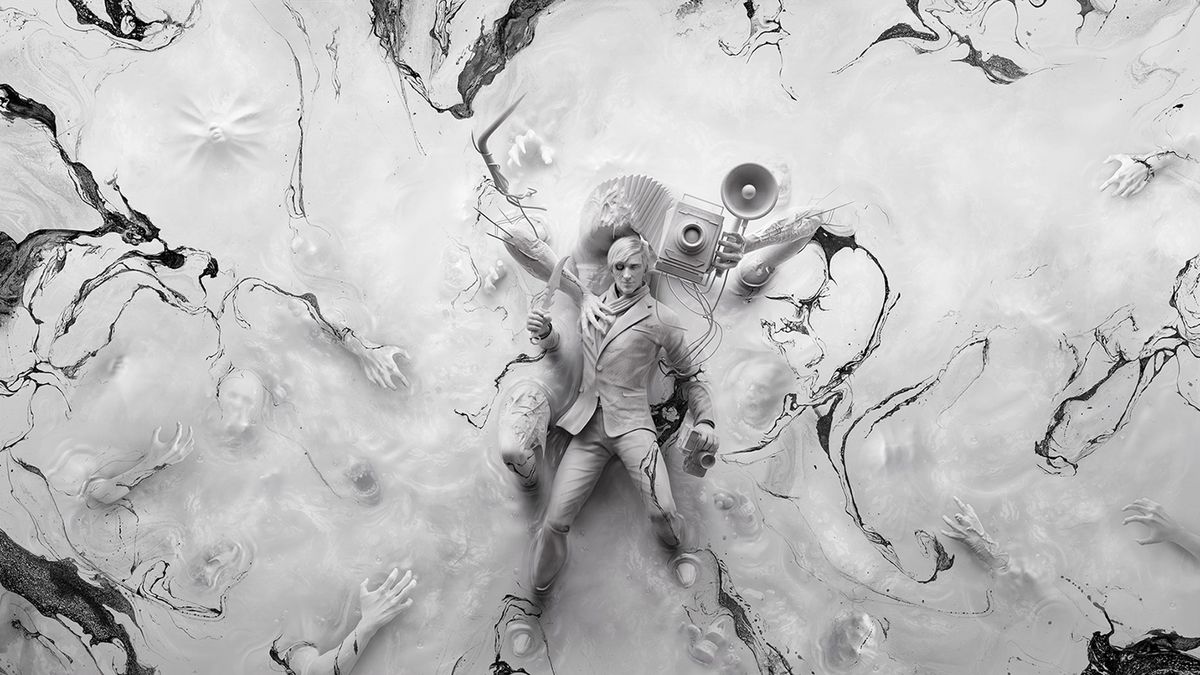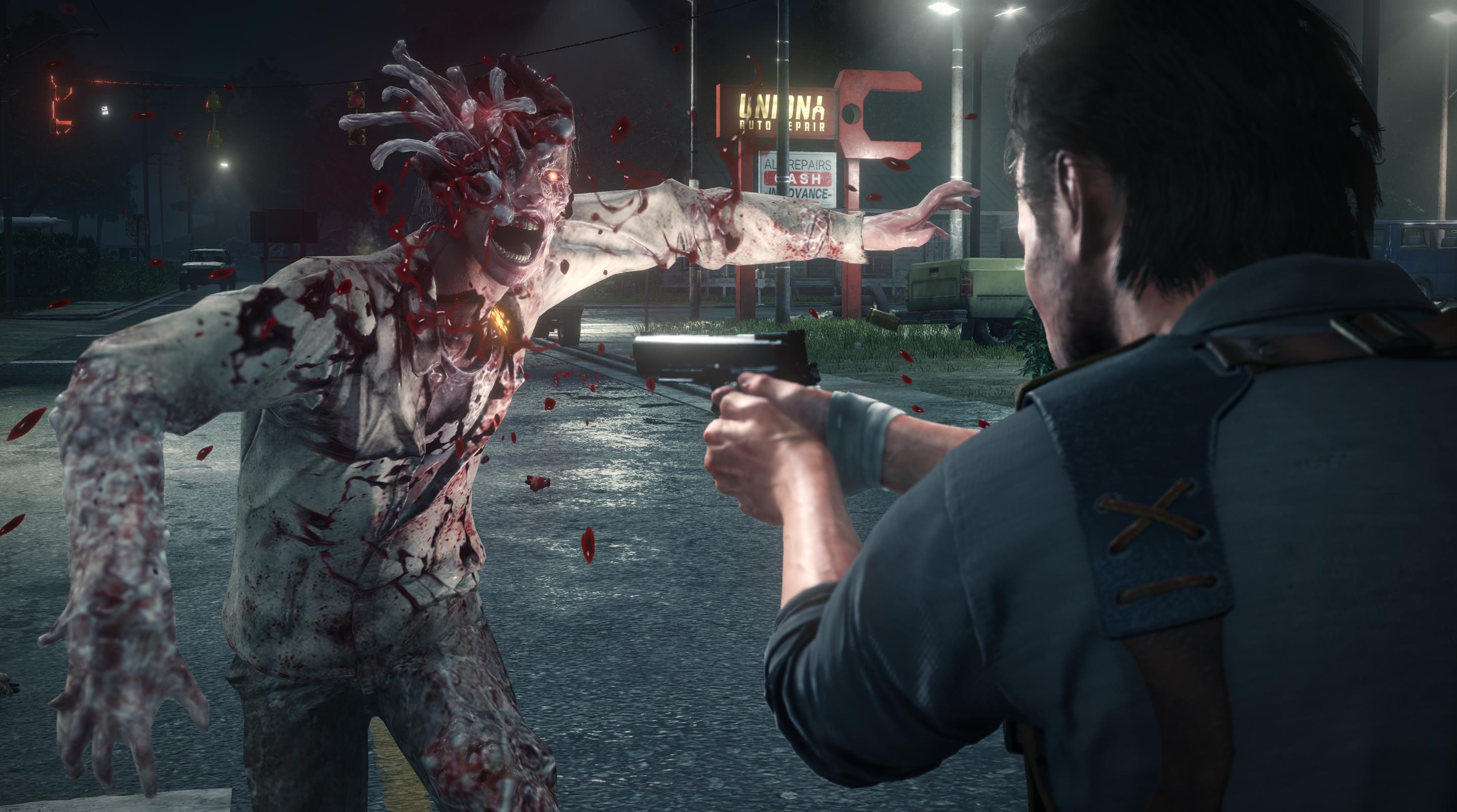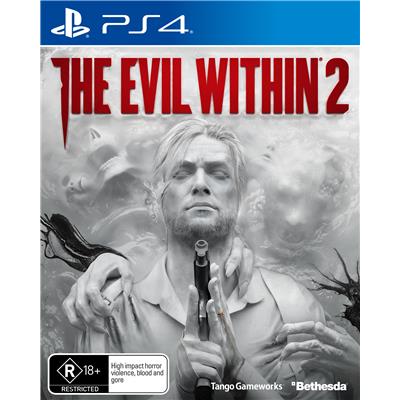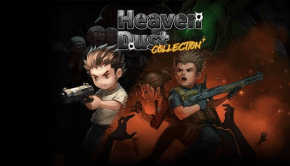The Evil Within 2 PS4 Review
Summary: John Johanas has masterfully taken up the directorial reigns and given us a game that, while it shares many trace elements of DNA with its predecessor, has more than enough of a distinct identity in order to separate it from the pack.
4.0
The Evil Without Shinji Mikami...
Released on Friday the 13th, a date now synonomous with horror in the pop cultural lexicon, The Evil Within 2 had a fairly daunting task ahead of itself – Redeem the series in the eyes of those who viewed the first instalment as a disappointment despite its promising pedigree and, more importantly, scramble to the top of the pack as the must have horror hit of the year among a worthy stable of spooky contenders vying for the crown.
With the Resident Evil series, for now at least, moving into the realm of first person horror, many fans feared that this signalled a shift away from the traditional third person perspective and the tropes associated with it that were popularised by the efforts of the aforementioned series’ director, Shinji Mikami, but The Evil Within 2 has risen to the challenge.
When its predecessor dropped in 2014, it was met with a lukewarm critical response but sold relatively well, particularly as there weren’t really any comparable titles to compete against it; fast forward to 2017 and with games like Resident Evil VII, Outlast II and Little Nightmares ratcheting up the scares and twisted imagery, Tango Gameworks really have to be on their “A” Game, especially as Mikami has stepped down from directing duties with this instalment.
The Evil Within continues the story of Sebastian Castellanos, who we find three years after the events of the first game still tormented by the ghosts of his past and seeking salvation at the bottom of a bottle. The reappearance of a familiar face may actually potentially hold the key to true salvation, but Sebastian will have to dive back into the world of STEM and battle the twisted creatures waiting within if he’s to have any chance at redemption and, maybe, finally reunite with his daughter.
The opening section of the game is relatively slow paced and sees you restricted to navigating through claustrophobic corridors and dusty rooms as you encounter frozen tableaus of the macabre, but within the hour you’ll enter the town of Union and encounter the game’s first instance of quasi-open world gameplay.
Rather than consistently funnelling the player between setpieces, The Evil Within 2 drops Sebastian into a large environment in which, using the minimap, Sebastian can choose whether to pursue an objective, investigate a sidequest marker, upgrade his arsenal and more.
Whilst an ambitious concept, these segments of the game don’t exactly always work, however; upon initially opening the map the wide expanse of ground to cover may seem impressively daunting but you’ll soon discover that Union isn’t quite as large as it first appears and, more damningly, just isn’t really that interesting of a locale to explore, unlike, say, Silent Hill, which obviously had a significant influence on the design of the town.
When you stumble into the streets of Union during the first tentative steps of your journey, you soon discover that stealth is the ideal way to approach a majority of enemy encounters. In line with the traditional survival horror formula, ammunition is scarce and with Sebastian only able to withstand a few hits, taking on more than one foe is tantamount to suicide.
Instead, you’ll spend much of your time crouching behind cars and lobbing bottles as a distraction before moving in and surreptitiously dispatching any remaining solitary zombie-like creatures that may be in your way. After a while these segments became a bit tedious, especially when I realised the limited scope of enemies’ awareness and, on the rare chance that confrontation was inevitable, easily dispatched them with my increased weaponry. As fresh as the streets of Union may have felt during the opening hours of the game, by the final stages the pacing of the game always seemed to slow considerably when I was pottering about the town.
Mobius, the corporation behind STEM, have sent a task team into Union with predictable results and occasionally Sebastian can encounter these fellow survivors, milk them for information and use their safehouses to level up and recuperate, so it does pay to go and scope out each potential lead on your map, but like I said above, the glut of activities here feels like more of a hindrance than a meaningful expansion.
Thankfully the game alternates between these sections and the more traditional linear chapters, and it’s in the latter that The Evil Within 2 really shines.
Now, I have to admit that the story didn’t really suck me in as much as I would have liked during the first half of the game and, as much as what I was playing through was competently presented, it felt like The Evil Within 2 was a decent enough facsimile of Mikami’s design methodologies that nonetheless lacked that magical spark that held the entire experience together.
Then the second half of the game slapped me in the face and kicked me square in the balls. There’s a definite point where the relatively slow burn of the opening chapters pays off in dividends and the rest of the game is a spine-chilling, surrealist mosaic of terror. The creature and environmental designs within the more linear sections are inspired and boast more personality than the generic buildings and shambling citizens of Union and the pace of both the narrative and the gameplay is relentless until the final credits roll – With the small exception of some of the open world areas, of course.
This inventiveness in game design also extends to the boss encounters, which may not be quite as difficult as some fans may have been hoping for, but all feature stunningly unique design choices which translate to enjoyable battles that harken back to the structure of those from the game’s spiritual predecessors.
These encounters are complemented by an easy to pick up control scheme that prizes fluent movement and inventory management; the gunplay feels sufficiently meaty and melee encounters, both head-on and performed stealthily, offer up enough visceral sprays of claret to make even the most hardened horror hound wince.
Graphics and Audio
The Evil Within 2 is quite the looker of a game. With titles like Uncharted: The Lost Legacy and Horizon Zero Dawn launching this year and showing just how far Sony’s little black parallelogram can be pushed from a visual standpoint, The Evil Within 2 had some pretty big shadows to crawl out from beneath and, although not quite reaching the dizzying apex of those games’ technical achievements, Tango Gameworks have come pretty darn close. The interplay between light and shadow and the more abstract environmental designs deserve particular mention.
In terms of audio, while the soundtrack is suitably moody, with just enough bombast to get the adrenaline pumping during the more high octane sequence, it’s also, for me at least, relatively unassuming and, worse, unmemorable. Tapping out this review now I’m struggling to recall one single melody of note; the audio design of your enemies and the environment itself is on point but, again, there’s nothing really remarkable of note for me to praise here, it’s just a fairly generic effort all around.
Final Thought
Despite a fairly protracted beginning, once The Evil Within 2 starts picking up steam you’ll soon find yourself asking “Mikami Who?”
John Johanas has masterfully taken up the directorial reigns and given us a game that, while it shares many trace elements of DNA with its predecessor, has more than enough of a distinct identity in order to separate it from the pack.
With a much more coherent and competently delivered story, there are definitely aspects of The Evil Within 2 that will appeal to Survival Horror purists, although the increased focus on action and exploration may detract somewhat from the experience depending on what actually attracts them to the genre.
The game still suffers due to some of the more tired tropes of the genre that it doggedly insists on clinging onto, such as the copious backtracking present, and the addition of certain elements of open world design don’t exactly gel, but overall The Evil Within 2 is an improvement over its predecessor in almost every other way.
Game Details
Primary Format – PlayStation 4, Xbox One, PC
Game Genre – Survival Horror
Rating – R18+
Consumer Advice – High impact horror violence, blood and gore
Game Developer – Tango Gameworks
Game Publisher – Bethesda Softworks
Reviewer – Sean Warhurst


